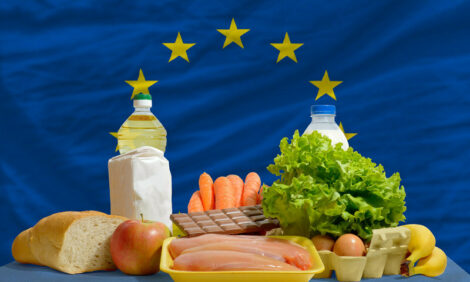



CME: Hog and Cattle Prices Up Sharply
US - One of the issues that comes up often in discussions about the current increase in wholesale prices is the response that consumers will eventually will have to it, write Steve Meyer and Len Steiner.Some contend that the industry has yet to feel pushback from consumers since they continue to see relatively low prices at both retail and foodservice outlets. The argument goes that once retailers and foodservice operators are forced to raise prices, consumers will tend to look for less expensive replacements, be this in the form of less expensive protein or reductions in protein intake.
While there are significant lags in the time it takes for price signals to go from meat producers to consumers and back, eventually markets are thought to adjust accordingly, and for some that does not bode well for the US meat market, especially given the tenuous state of the economy and still very high unemployment.
Hog and cattle prices are up sharply which has led to a significant appreciation in the price that food producers have to pay for pork and beef. The latest reading of the Producer Price Index showed as much, pointing to significant increases in the price of crude and intermediate input costs (see table below).

But wholesale and retail food prices do not move in tandem. Indeed, there is often a several month lag and even when retail prices move up, they often do not rise by a similar amount. As the graphic below shows, the producer price index for food has been trending higher in the first four months of this year (latest data is for April) and the latest reading showed that it was 5.7 per cent higher than a year ago. The increases in wholesale food prices has yet to show up in the prices consumers pay (see chart below).

Moreover, how food prices behave at retail and foodservice is vastly different. Prices consumers see at the foodservice level generally tend to be significantly more stable, a reflection on the constrains of set menu prices and competition. While menu price inflation during the period 2005-2009 generally hovered between 3-4 per cent, the April data shows that the CPI for food consumed away from home was up just 1.1 per cent from the previous year. Food prices at the retail level have been trending higher but still in April the CPI for food consumed at home was at the same level as a year ago (no change). It will likely take a few more months for retail food prices to move higher and even then they may not increase as much as retailers and food manufacturers tighten margins and benefit from lower labor costs.







